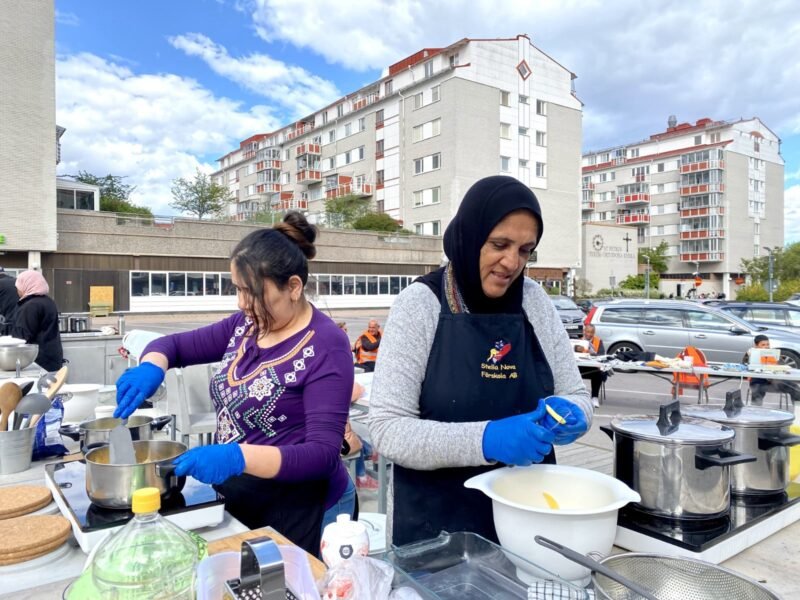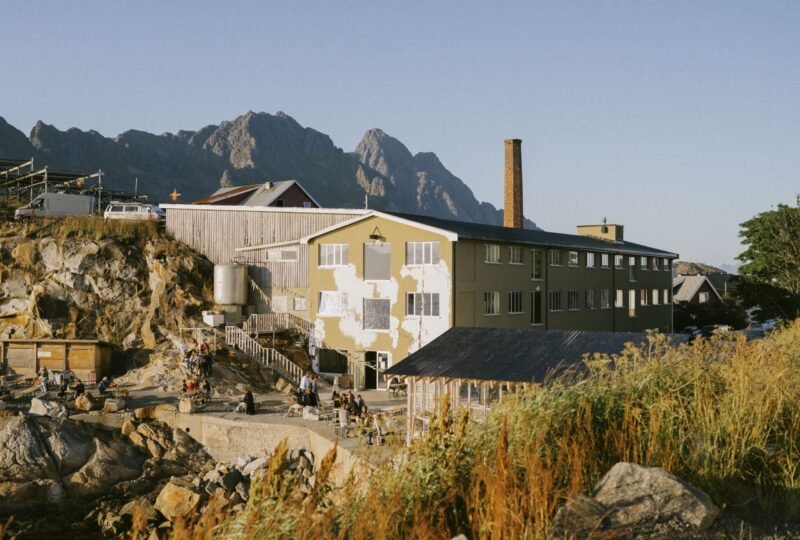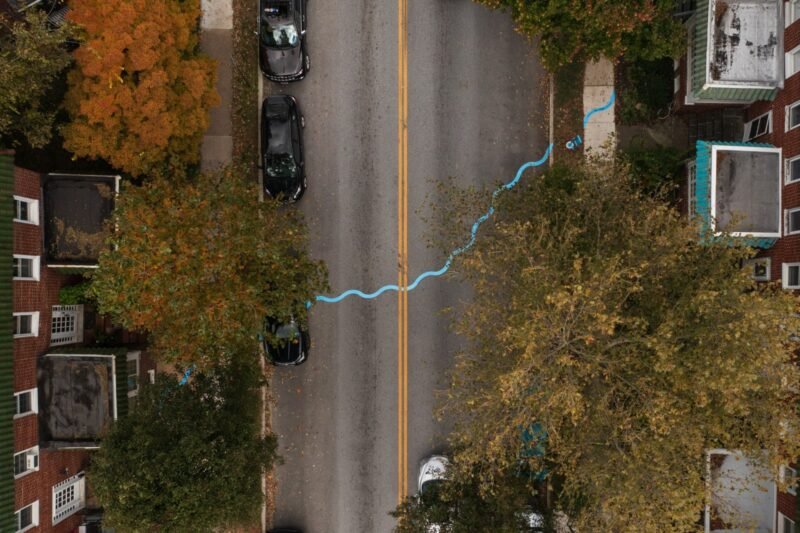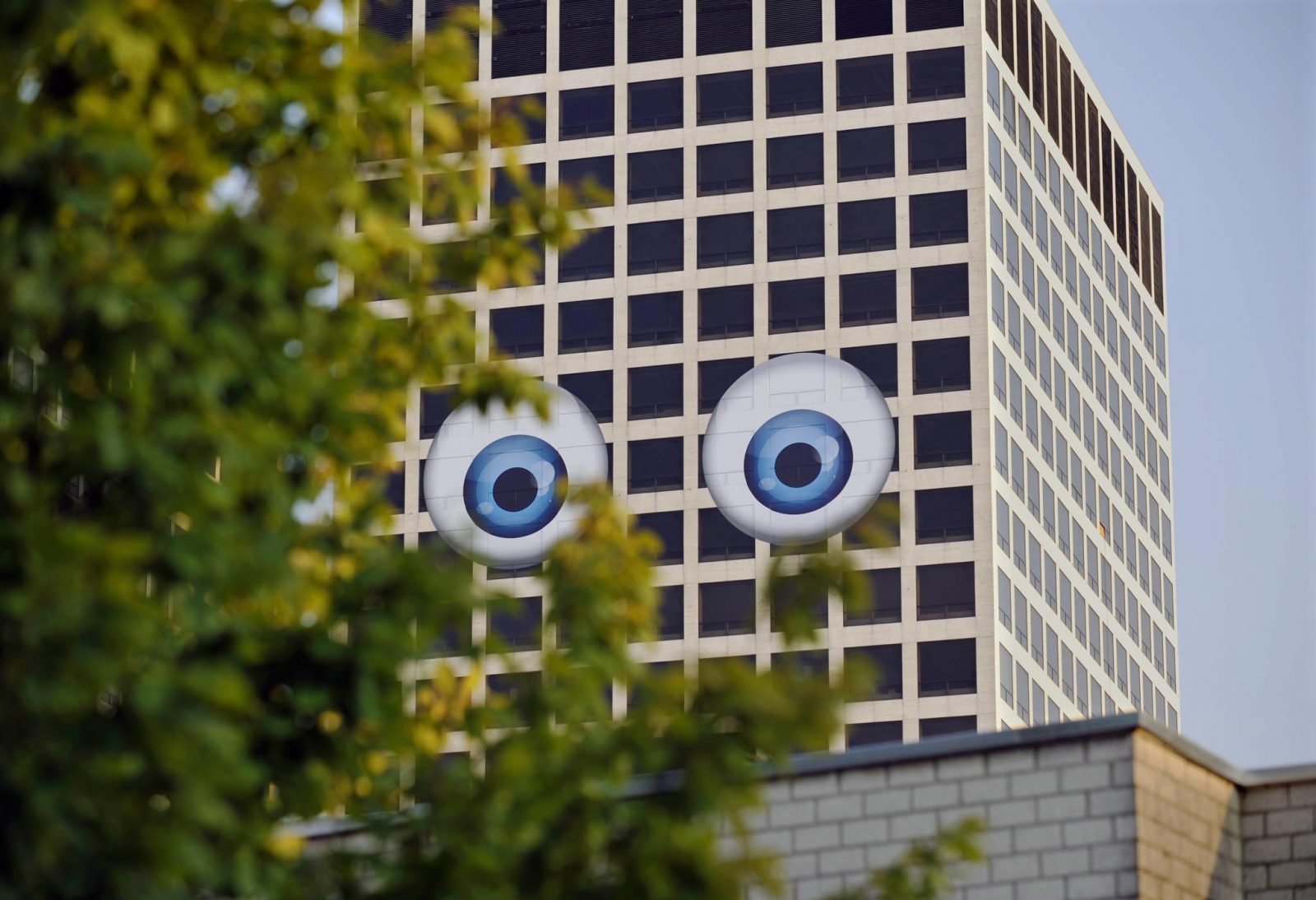Nordic Design For Public Spaces
How are Scandinavians dealing with cold, dark winters in the design of their public spaces? Swedish architecture firm Utopia proposes a, partially indoor, public park in Stockholm that can be actively used all year round, not only in the mild summer months.
The effect of climate conditions on the use of public spaces is an aspect of urban life that’s often overlooked. In a European context, it’s almost a cliché: the lively squares of Italy, Spain or Greece versus the cold empty streets in the north. There’s a simple correlation between warm weather and public life — something that makes perfectly sense. Of course, there are enough indoor spaces in cities like Oslo, Stockholm or Helsinki. Places like restaurants, cafés or stores and shopping malls, which are sometimes entirely built underground. But, these are all commercial spaces. The only exceptions might be museums or public libraries, but those spaces cannot be found on every street corner. For that reason, Utopia argues many Nordic cities have a major need for more non-commercial, public indoor environments. Meeting places that do not cost money, especially in winter.


The designers of Utopia have designed an indoor park for Stockholm’s Sankt Eriksplan square, in a very densely populated area of the city, on top of a metro station. A completely ordinary park, including flowers and plants, but under a roof. The controlled indoor environment makes the park attractive as a place for activities that are currently difficult to accommodate during the cold and dark part of the year. The park building consists of a total of six linked ellipsoid-like volumes of varying sizes and shapes, made from wood and glass, making it light and elegant. It will be 23 meters tall, at a similar level than the adjacent buildings, and will have an area of about 1,500 square meters. According to the designers, the park shouldn’t be seen as a proposal for what can be done specifically at the site, but rather as the start of a wider discussion on how we can and should manage our existing, and future, public environments.


Meanwhile in similarly cold and dark Lahti, Finland, designers have come up with street furniture called Mokša. Designed to provide shelter and offering a brighter atmosphere to the dim city. The urban landmarks feature adjustable lighting that users can control with a push of a button. It’s a true example of public space design that is appropriate for and shaped by its environment and context.


A while back in Norway, a local artist put large mirrors on top of a mountain with the aim of redirecting sunlight down into the valley. The small town of Rjukan is squeezed in between two high mountains, shedding a shadow over the village for most of the year. The huge mirrors made sure the town square received some rays of sunlight, providing locals with some much-needed vitamin D. An interesting idea for public space design, to use as much sunlight as possible in places where there is almost none.



